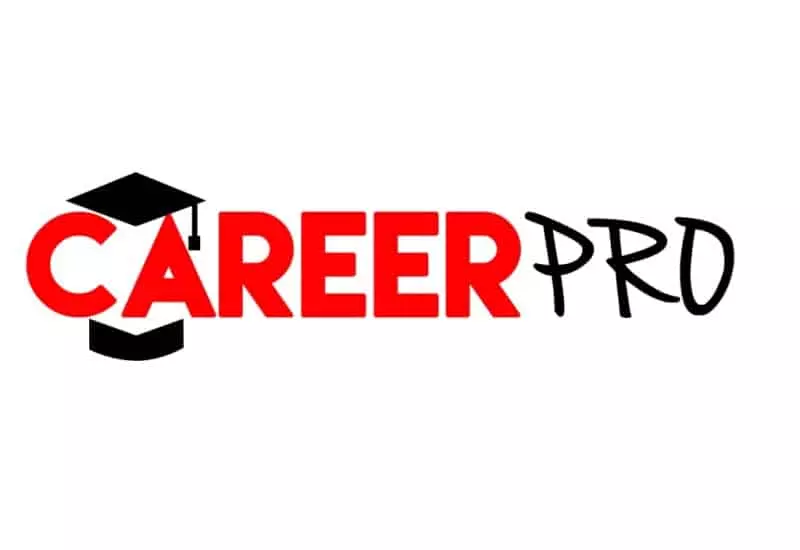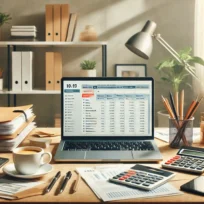In Some situations, there is no favorable outcome, and only damage control can help you get out of it as best as possible. Financial troubles may come as a result of a wide variety of different factors, but if you are at the end of your rope, perhaps bankruptcy is the answer you were looking for.
Bankruptcy can help you get back up on your feet by eliminating some of your debt, but not all of it, it is not a magic wand to make all your troubles disappear. Here are some things which your bankruptcy attorney can help you with and some which are beyond help if you decide to go through with it.
Credit Card Debt and Similar Unsecured Debt
Almost all credit cards are unsecured debt, which means that the creditor has no right to take any of your property if you do not repay them. In fact, bankruptcy is specifically imagined as a tool to erase the unsecured debt, except if you decided to go through with Chapter 13. In that case, you will have your debt reprogramed and you will end up repaying some of it, but probably not all of it. To learn more about Chapter 13 bankruptcy, visit this link.
Prevent Collectors and Harassment by Creditors
When you owe money to a bank or other financial institution, they will check up on you every once in a while. However, if you stop repaying it, this can intensify beyond an occasional call or a letter. What’s more, the creditor may become quite a nuisance and can even threaten to repossess your car or activate the mortgage on your house.
However, if you file for bankruptcy, an automatic stay clause will prevent them from doing any of those things and will give you time to consolidate your finances. What’s more, if some of your creditors have a lien to take your property, you can include the protection from repossessions during the bankruptcy process.
What Can’t Bankruptcy Solve
However, there are some situations which bankruptcy cannot help you with. For instance, the secured debts cannot be discharged. Actually, the debt can be, but the lien which is attached to the secured debt cannot be.
Student Debts Are Here to Stay
One of the most prevalent and crippling debts in the recent years are student debts. Sadly, bankruptcy cannot get rid of them either, except in a few rare cases. You would need to be able to prove that you cannot repay your student loan debts now, but also that you won’t be able to do so in the future either, something which is very difficult to accomplish.
Alimony and Similar Payments
These payments, especially child support payments cannot be erased and they can’t even be reduced. After the bankruptcy is completed, you will still owe those fees in full, even if you file for Chapter 13 bankruptcy.
How Is Chapter 13 Bankruptcy Different?
Chapter 13 bankruptcy helps you consolidate your finances by giving you some breathing time, typically 5 years to recover, after which time you are expected to start repaying some of the debts. However, Chapter 13 is fairly potent, and it gives you some benefits that Chapter 7 cannot.
For instance, you can stop a foreclosure on your mortgage if you come to an agreement with your creditor to catch up with your missed payments in due time. In fact, you can keep a lot of your property which would be forfeited otherwise, because you are using your own finances to reprogram and repay the debts.
Bankruptcy is a last resort option for many and rightly so. It is a serious and life-changing step which may take you years to recover form. However, there are situations where that is the preferable option, and you should not shy away from using it.




